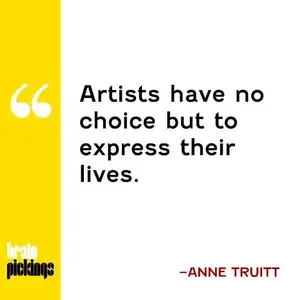"annominous, post: 191963, member: 12689"]I am unsure whether or not you are asking 'what is art' in the formal, trained context or 'what is art' in the outsider context. (Outsider art means art by people who are not formally trained as artists.) I have just come through a few years in formal training towards an undergraduate degree in Fine Art and Visual Culture. I dumped the Fine Art component of the double major and will continue in Visual Culture with a minor in Sociology and CogPsych so I can work within the Autistic Rights movement helping Autistic people. I'm actually hoping to do a PhD in Autistic Culture.

But I digress. I left off the Fine Arts component of my double major because I found 'the art world' incredibly frustrating and inauthentic, even though I was apparently quite adept at it, I felt like it was primarily 'learning how to ******** to get people interested in you', which is antithetical to my core being on so very many levels, as I'm sure a lot of you would relate.
'Real art' to the formally trained community is creative work that has been contextualised and informed by a developmental process based on research and application of learned techniques. This means, in regular people's language, that you can put a pile of bricks in a gallery and call it art, but a pile of bricks on your driveway is not art. The reason the pile of bricks in the gallery is 'real art' is because the artist has contextualised and informed the pile of bricks based on research and application of learned techniques. Check out
this essay. Carwyn Evans' "pile of bricks" (not the actual title) is Art (capital A) because it is contextualised and informed by a developmental process based on research and application of learned techniques:
'...uses 6,500 cardboard bird boxes to illustrate the Ceredigion County Council housing policy to build the same number of new houses in Evans’ home county. “Because there were no restrictions on the new housing”, Evans asks, “is it [the number of new houses] for the local population or to entice a new population” to the heartland of Wales. Evans centres his debate around the impending change due to such government policies, to culture and landscape, as well as the heritage of Welsh language (by encouraging non-Welsh speakers to the heartland of Wales)."
'Real', capital-A, Art is an academic pursuit that requires research, training, and development of an understanding of context, processes, and is most often 'informed' by the work of other real, capital-A, Art and Artists.
